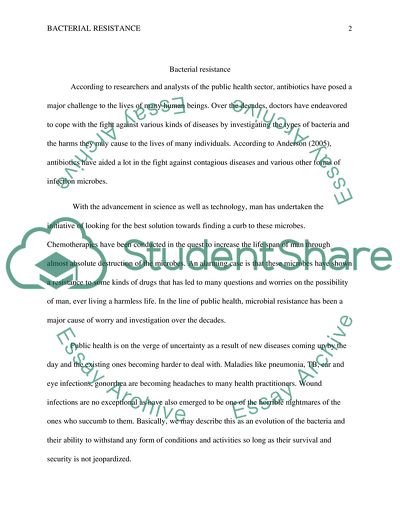Cite this document
(The Fight Against Contagious Diseases and Various Other Forms of Infectious Microbes Essay Example | Topics and Well Written Essays - 1500 words, n.d.)
The Fight Against Contagious Diseases and Various Other Forms of Infectious Microbes Essay Example | Topics and Well Written Essays - 1500 words. https://studentshare.org/health-sciences-medicine/1760147-current-health-care-issue
The Fight Against Contagious Diseases and Various Other Forms of Infectious Microbes Essay Example | Topics and Well Written Essays - 1500 words. https://studentshare.org/health-sciences-medicine/1760147-current-health-care-issue
(The Fight Against Contagious Diseases and Various Other Forms of Infectious Microbes Essay Example | Topics and Well Written Essays - 1500 Words)
The Fight Against Contagious Diseases and Various Other Forms of Infectious Microbes Essay Example | Topics and Well Written Essays - 1500 Words. https://studentshare.org/health-sciences-medicine/1760147-current-health-care-issue.
The Fight Against Contagious Diseases and Various Other Forms of Infectious Microbes Essay Example | Topics and Well Written Essays - 1500 Words. https://studentshare.org/health-sciences-medicine/1760147-current-health-care-issue.
“The Fight Against Contagious Diseases and Various Other Forms of Infectious Microbes Essay Example | Topics and Well Written Essays - 1500 Words”. https://studentshare.org/health-sciences-medicine/1760147-current-health-care-issue.


